Are Micro Lines Proving That Less Can Sometimes Be More?
Whether you're talking Energon, Ultimate, or Absolute, self-contained universes are hot right now. Let's talk about them.
It’s easy to get mired in the challenges the direct market — or the side of the comic industry comprised by comic shops — faces from time to time. That’s both because of how information travels these days and because there’s often plenty of options to choose from. That combination of ample opportunities and algorithmic desires can be a deadly one, and it regularly colors the tenor of the conversation about that space.
And yet, the direct market is not without its success stories of late. Whether you’re talking about the impact of the format boom or the surge in nostalgia-fueled hits, there are tactics that are moving the needle for comic shops. But if you polled retailers and asked them to rank the biggest ones from the past year and a half, the burgeoning micro line trend would likely be at or near the top of the list.
You might be wondering, “What is a micro line?” Well, first off, it’s not an official label by any means. It’s one I created for a tactic that an increasing number of publishers and even creators have been using of late. It’s an easy one to understand. Each micro line unites three to five titles from a publisher in a single branded grouping, with those titles typically oriented around a central idea.
Most of the time, that’s a new universe, like Kyle Higgins’ Massive-Verse, 1 Skybound’s Energon Universe, Marvel’s Ultimate Universe, and DC’s Absolute Universe that officially launched this week. Other times, it’s a shared idea, with each title orbiting a concept like you’ll find in the Ghost Machine imprint, 2 The Horizon Experiment, and the upcoming Ninth Circle, all of which are at Image. While the defining element of these lines can change, the heart of it is simple and consistent. They’re small groupings of comics designed to make it easy for readers to get onboard, and for each title to act as a gateway into the others.
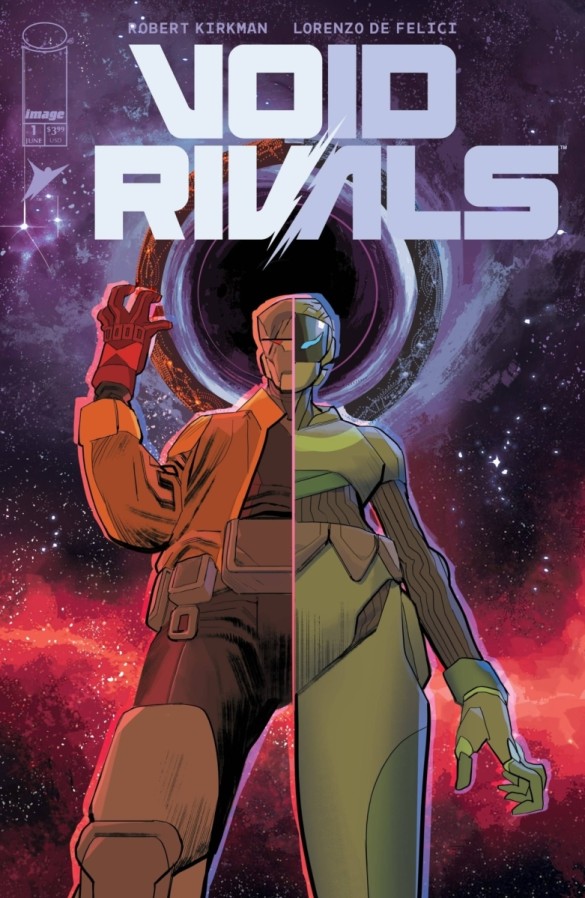
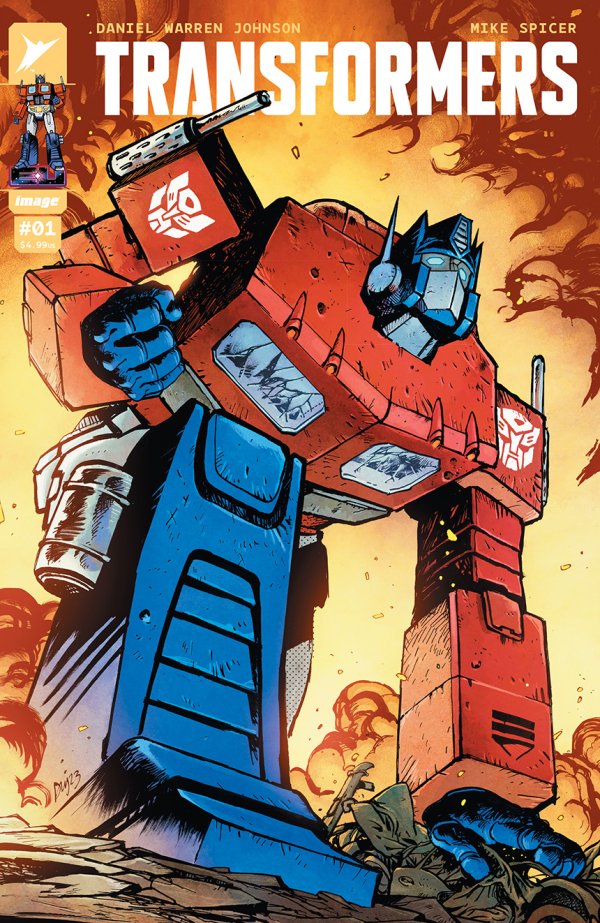

Its first steps towards becoming a capital “T” thing came with the arrival of Skybound’s Void Rivals #1 in June 2023, an issue that revealed that the series would be the first in the larger Energon Universe, one it would share with Hasbro-owned properties in Transformers and G.I. Joe. And the usage of these smaller universes has grown dramatically since that launch, and for good reason: these micro lines have been a hit.
Retailers I spoke to reported that this concept is working for them and their customers. That was true in my mid-year check-in with comic shops, and it’s even truer now as Absolute DC is introduced to the world. These lines — but most notably the Energon, Ultimate, and Absolute universes, with a slight nod towards Ghost Machine — are popping in a real way.
Each shop has experienced slightly different things on this front, of course. The direct market isn’t a monolith but a sea of unique experiences thanks to the wildly different customer bases and focuses you’ll find at each. But there were some consistencies.
For one, there’s a clear divide between the top titles in these lines and everything else. Ultimate Spider-Man and Transformers are towering over their peers, and Absolute Batman has done the same from a pre-orders standpoint. Which is good thing, actually. Headliners like those are essential to the success of comic shops. Blockbuster hits build excitement and encourage word of mouth. Shops need more of those titles, not less. But where the magic really happens is throughout the rest of these lines. The success of those at the top is benefiting each title, even if it doesn’t feel like it at times.
A good example of that last idea came in conversation with a retailer. They noted how sizable the divide was between Ultimate Spider-Man and the rest of the Ultimate line, somewhat questioning the impact in the process. In response, I asked them how Ultimate Black Panther and Ultimates are doing compared to Marvel’s main line Black Panther and Avengers titles. They looked it up, and the answer was “much, much better.” That was largely true amongst everyone I talked to. 3 One shop even said Ultimate Black Panther is selling three times as much as the most recent main line Black Panther title did. That’s not uncommon!
And the area of effect these lines have had on surrounding titles has led to shops expecting similar behavior from the Absolute line. That’s part of the reason some retailers reported that they were ordering heavier on the non-Batman Absolute titles. They expect to see customers sampling every title because of the hype surrounding the overall effort. And their confidence in that idea is made easier by the fact that retailers were floored by how good Kelly Thompson and Hayden Sherman’s Absolute Wonder Woman is. Shops believe in that book. Several even upped their orders after reading it. 4 There might still be a divide between Absolute Batman and the rest of the titles, but it’s clear: this rising tide is lifting all the ships.
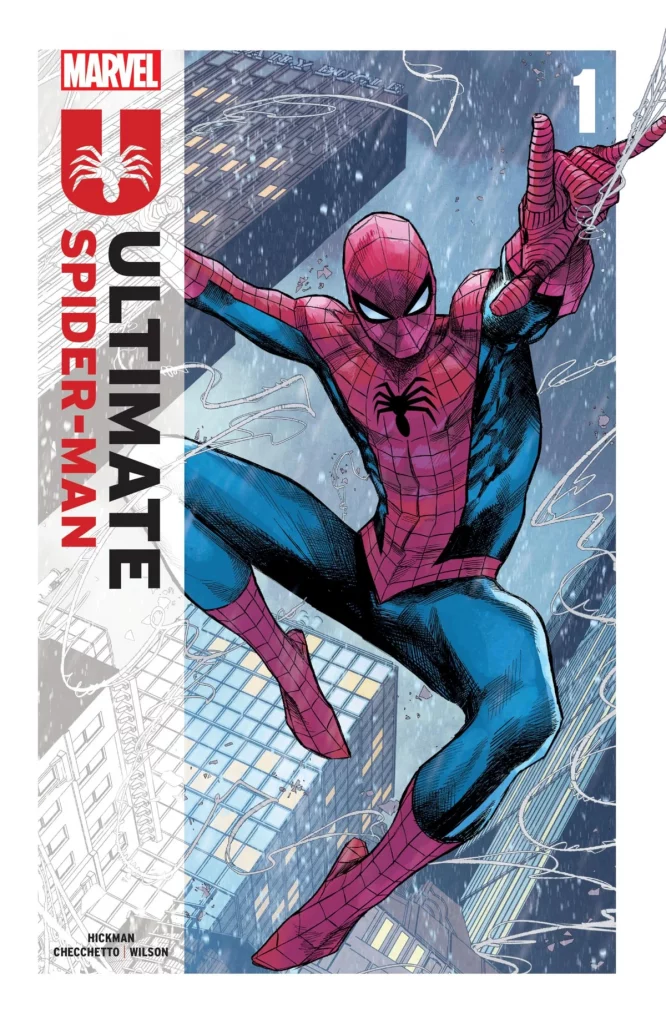
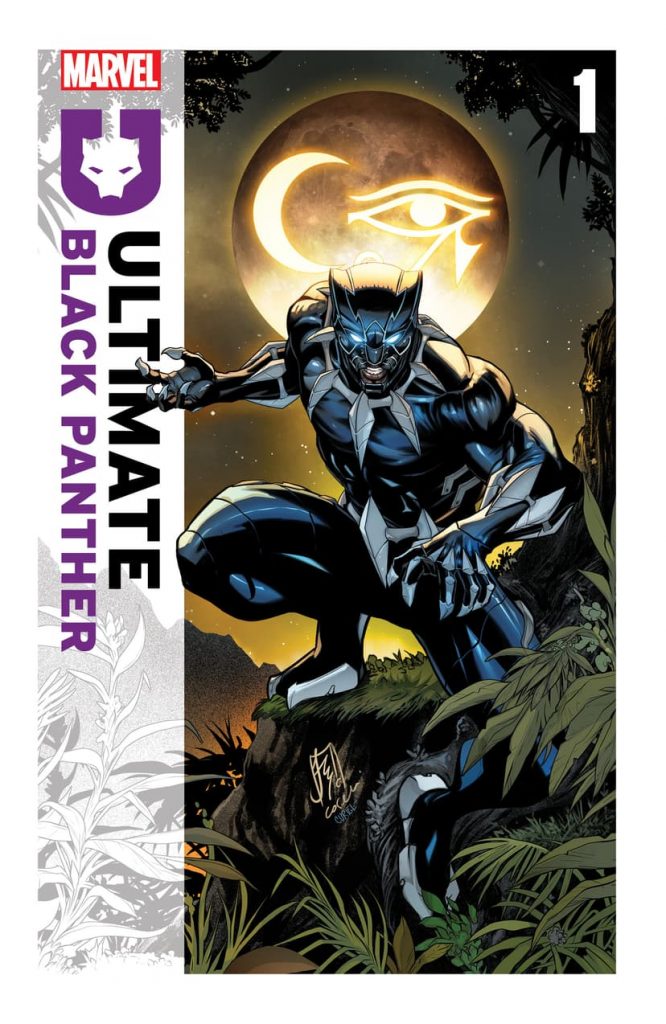
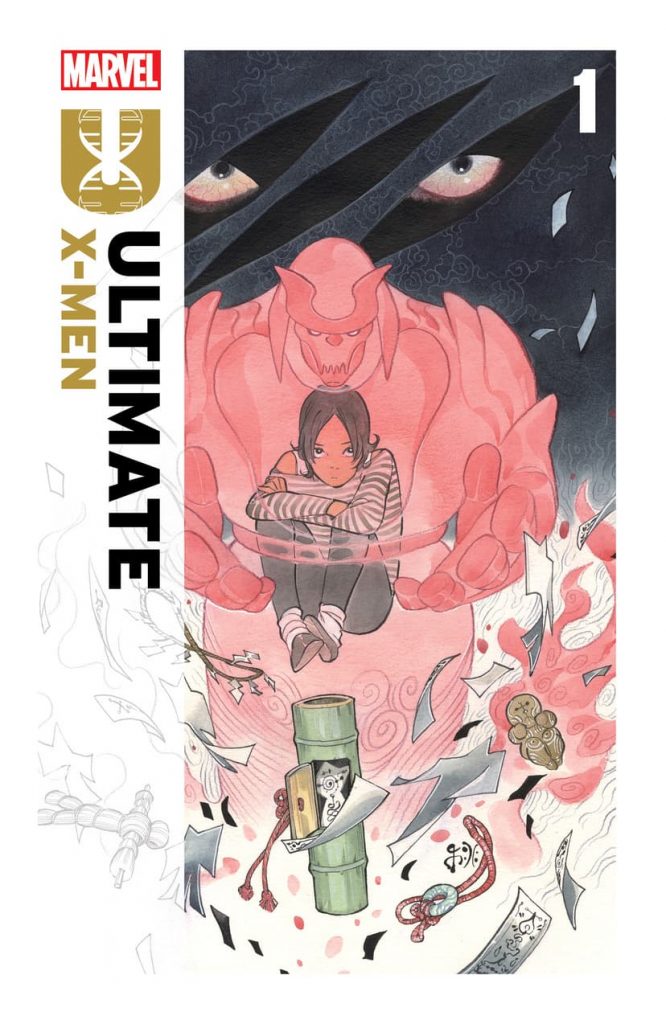
To put it succinctly, these micro lines are having an impact, and one that’s positively affecting retailers and publishers alike. The question of course becomes, “Why?” Why are they connecting in a way the typical flavors of books aren’t right now? The answers vary depending on who you ask. Everyone seems to have a pet theory about the reason behind this trend’s success. The boring truth, though, is that there isn’t one answer. There are a bevy of contributing factors, each of which adds up to the success story these have become.
But certain reasons stood out above the rest. Let’s start with a core component of each: They’re good comics. That’s not always a given with these kinds of endeavors, but it has been the case here. Each line is topped by elite creators telling great stories. Whether you’re talking Daniel Warren Johnson bringing his magic to Transformers, Jonathan Hickman and Marco Checchetto teaming up on Ultimate Spider-Man, or Scott Snyder and Nick Dragotta reinventing the Dark Knight in Absolute Batman, these are top names at the peak of their powers doing strong work. And these lines aren’t top heavy efforts, either. The level of talent is there throughout.
And because these are new universes, each creative team has been given a relatively blank slate to work from. You don’t get something as inventive as Absolute Wonder Woman in the dense web of DC’s continuity, or something as spectacularly strange and delightful as Peach Momoko’s Ultimate X-Men while having to fit into a relaunch like From the Ashes. All that has combined to give readers the kinds of stories they never knew they always wanted, and ones that are done with real craft.
Some would argue the quality of these releases is the main reason these micro lines are succeeding, or at least why they continue to do so. But how accessible they are might be even more important. While some of these lines have lead-in stories, 5 those aren’t stopping a reader from just picking up the first issue of these titles and going from there. You don’t need a reading order or a YouTube explainer series to jump on board. You just get to reading.
When you combine that accessibility and the quality of these titles, you get a buzz that has created change in consumer behavior, something that has happened on the biggest micro lines to varying degrees. Ultimate Spider-Man was probably the best example. Shops reported getting calls from new and lapsed readers alike because of the heat surrounding that title’s launch.
And it seems like DC’s Absolute line might match it. Pre-orders are towering for those titles. Unsurprisingly, Absolute Batman leads the way, with one retailer sharing that they’ve heard from so many new customers in the build-up to the line’s debut that they are concerned they’ve underordered with the already enormous number they went with. File that one under “a good problem to have,” though.
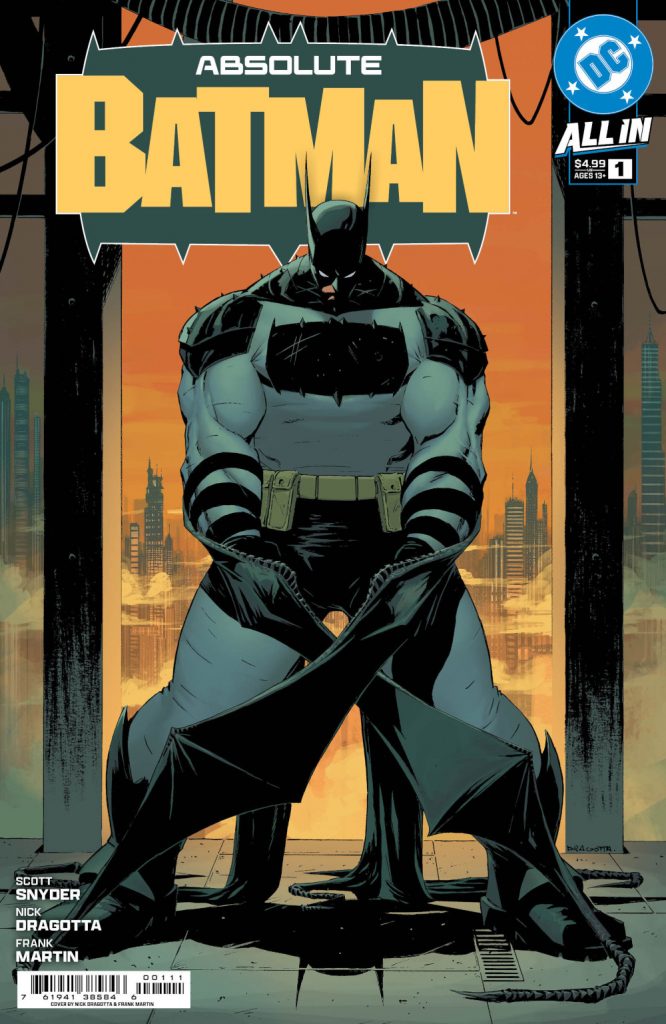
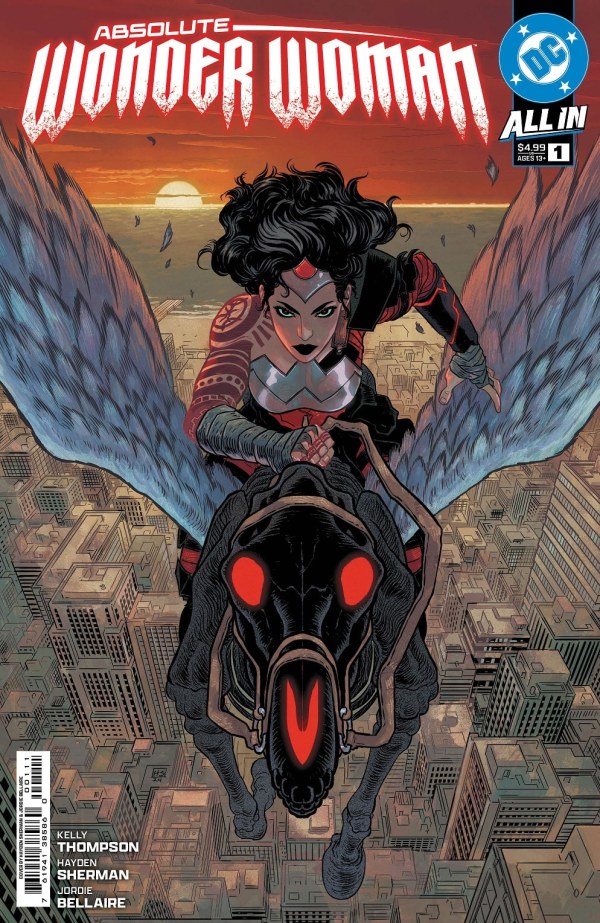
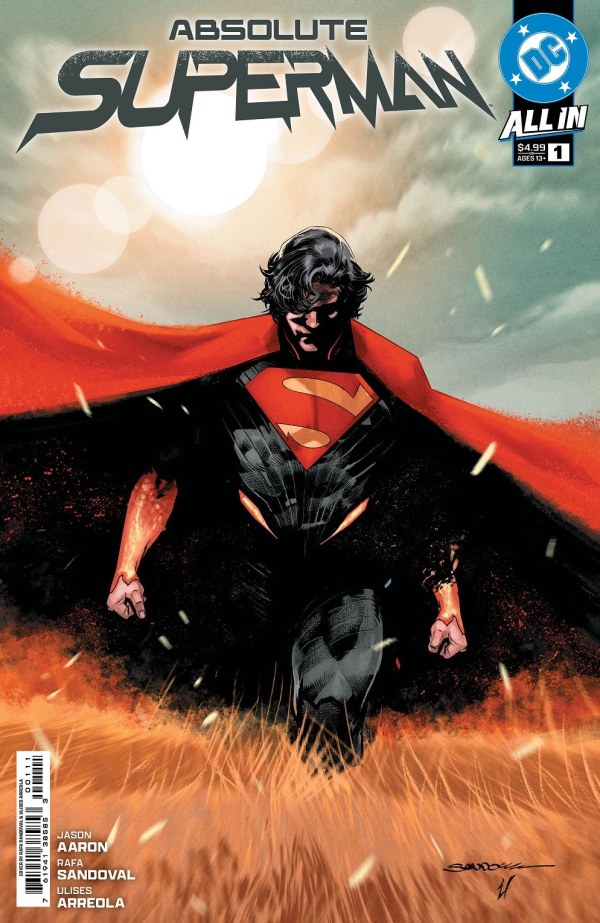
Each of those aspects have been discussed ad nauseam in the conversation about the success of these micro lines. But there are a few that are comparatively underreported. One is how much easier it is to promote these lines. Comics marketing is in a painful place, especially when you factor in the deluge of titles hitting shops each week. Because these lines are so condensed, though, the publisher, its marketers and creators, and retailers can pitch a small grouping of connected titles rather than a sea of individual books, something that’s made everyone’s lives a little easier. And because of that, there have been some truly inspiring marketing efforts surrounding these lines. 6 That makes a real difference.
The other two were ideas retailers brought up as possible differentiators. One is how each offers the continuity some readers crave. That may sound paradoxical given that another mentioned factor was how accessible these lines are. But some customers reportedly feel like the main lines at DC and Marvel lack cohesive and consistent continuity, and that they’re discovering the shared universe feel they desire in these micro lines. Crucially as well, readers don’t have to break the bank to keep up with them. You can read the whole story for less than $20 a month, which is a true rarity in 2024.
Lastly, you have exactly the kind of thing a retailer would come up with that your average outsider wouldn’t. One shop mentioned that a key advantage of these lines is they ensure comic fans (should) have a new release to be excited about every single week. With just enough titles to cover the whole month, universes like Energon and Ultimate give customers a reason to come back every Wednesday when the next issue hits. That might not make a major difference on the lines themselves, of course. They’re going to sell what they sell. But it has an impact on shops, as increased and reliable foot traffic means they have a chance to upsell customers on other titles as well.
Needless to say, retailer sentiment surrounding these micro lines is high. Each shop I talked to is thrilled about what they’ve seen so far. But most agreed that for these efforts to continue to succeed, the “micro” part cannot become macro. The bigger these lines get and they faster they get there, the more concerned retailers are about the potential of each.
Thankfully, most publishers have shown admirable restraint so far. Energon has topped out at four titles, while Marvel has been positively tantric compared to its usual self when it comes to the Ultimate line’s growth. But even the slightest cracks bring unease into the lives of retailers. Absolute Flash and Absolute Green Lantern being on the horizon before that line’s first titles had debuted is enough for shops to be a bit leery about DC’s plans. Some even wondered if five titles would be too much for this idea to be sustainable. Time will tell.
Retailers also cautioned that as appealing as this micro line trend has proven to be, that doesn’t mean it’s necessarily an answer for every publisher. Case in point: No one brought up Oni’s Nacelleverse and its collection of titles starring comparatively obscure characters from toys and animation. Publishers can’t just create little pods of comics and instantly rake in the cash. That’s because while they are occasionally valuable, micro lines cannot create interest out of thin air.
But shops are encouraged by what they’ve seen from these efforts. Whether you’re talking about the big guns like Energon and Ultimate, the growing Ghost Machine imprint, or the just launched Absolute Universe, shops have found something they can rely on here. That doesn’t mean that will last forever. But at the very least, these micro lines have proven that there’s real value to giving top talents creative freedom, that making things more accessible for readers of all varieties can pay dividends, and that maybe — just maybe — less truly can be more.
And those are lessons every publisher could stand to learn.
If you enjoyed this feature, consider subscribing to SKTCHD to read more like it and to support the ad-free, fully independent comics journalism I do here.
Don’t sleep on the Massive-Verse. While there are plenty of other examples of micro line-like concepts from throughout comic history — including the original Ultimate universe at Marvel — it is in some ways the patient zero for this current trend.↩
Which does have shared universes, albeit not a single central one like the others.↩
X-Men was a bit noisier, as the From the Ashes relaunch just happened and Peach Momoko’s take on Ultimate X-Men is so radical. But even then, most noted it was close to even.↩
The only one that didn’t admitted they regretted not ordering more when they read it after its final order cutoff had closed.↩
Ultimate has Ultimate Invasion and Ultimate Universe #1, while Absolute has the DC All In Special.↩
The three that deserve the most acclaim on that front in my book are Skybound’s literally award winning campaign for the Energon Universe, Scott Snyder’s constant full court press for Absolute as a whole, and DC’s cross promotion on AEW Dynamite (which, in case you don’t know, is a wrestling show).↩
